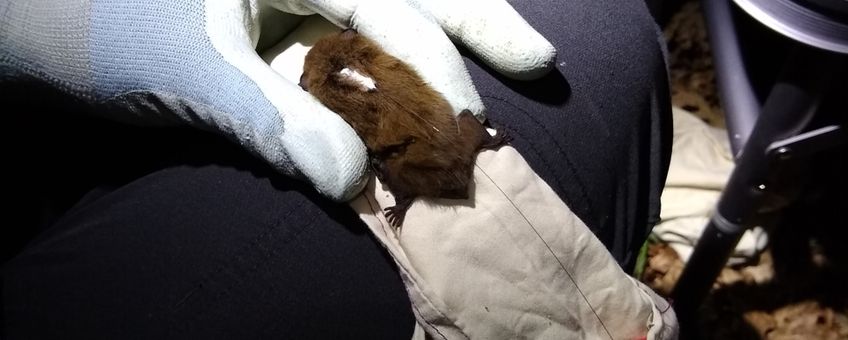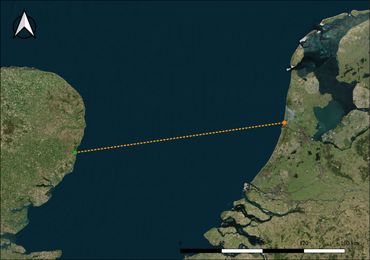
Nathusius' pipistrelle crosses the North Sea in one night
Wageningen Marine Research
In the telemetry research, which uses the Motus Wildlife Tracking System, Wageningen University & Research investigates bat migration ecology. The researchers also study how the wind energy sector can take bats into account during the construction and operation of wind farms at sea.
Up to now, bats in the Netherlands have only been studied in autumn, says Sander Lagerveld. "This year, for the first time, we are also tagging animals in spring. The bat that made this crossing is actually the first animal to be tagged in England for this research," according to Lagerveld.
The female Nathusius' pipistrelle can cover distances of up to 2,000 kilometres during their seasonal migration, which takes place between their wintering areas in Western Europe and their breeding grounds in the Baltic States. Late summer, they travel the route in reverse, together with their young. The males do not migrate, or migrate over small distances, and usually stay in Western Europe year-round.
More information
Text: Sander Lagerveld and Cecile Leuverink, Wageningen Marine Research
Photos: Sue Parsons (lead photo: the Nathusius' pipistrelle that crossed the North Sea); Wageningen University & Research
